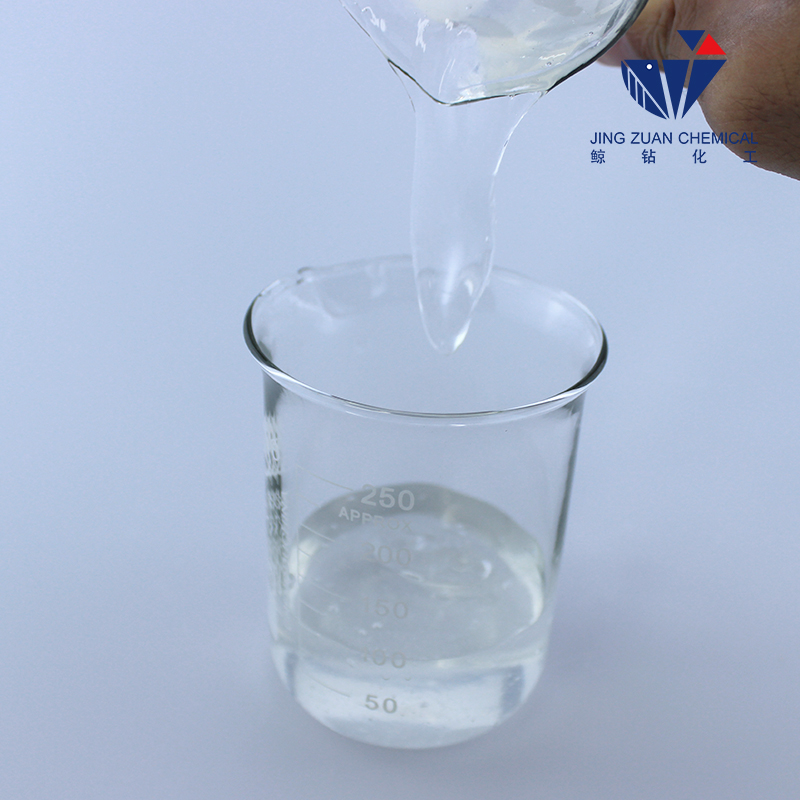
Oct . 08, 2024 08:26 Back to list
Development of HPMC Dispersion for Enhanced Drug Delivery Applications
Understanding HPMC Dispersion A Comprehensive Overview
Hydroxypropyl Methylcellulose (HPMC) dispersion has become an integral part of various industries, particularly in pharmaceuticals, food production, cosmetics, and construction. This article explores the significance, properties, and applications of HPMC dispersion, shedding light on why it has garnered widespread recognition.
What is HPMC?
HPMC is a semi-synthetic polymer derived from cellulose, a natural polymer found in the cell walls of plants. The structure of HPMC consists of a cellulose backbone with methoxy and hydroxypropyl groups added through chemical processes. This modification enhances its solubility and dispersibility in water, making it an excellent choice for a wide range of applications.
Properties of HPMC Dispersion
One of the defining characteristics of HPMC dispersion is its ability to form a viscous, gel-like solution when mixed with water. This property allows it to serve as an effective thickening agent, stabilizer, and emulsifier. The viscosity of HPMC can be manipulated by altering the concentration and molecular weight of the polymer, providing flexibility in formulation.
Additionally, HPMC exhibits excellent film-forming capabilities. When dried, HPMC can create a smooth, flexible film that is both transparent and thermally stable. This feature is particularly useful in coatings and films, making it a popular choice in the production of tablets, where it serves as a binder or controlling agent for drug release.
hpmc dispersion

Applications of HPMC Dispersion
1. Pharmaceutical Industry In pharmaceuticals, HPMC is widely used in the formulation of controlled-release tablets. Its capacity to regulate the release of active ingredients ensures that medications can provide prolonged therapeutic effects. Additionally, HPMC is utilized in ophthalmic preparations due to its biocompatibility and ability to increase the viscosity of solutions.
2. Food Industry HPMC serves various roles in the food industry, such as a thickener, stabilizer, and emulsifier. It is often found in gluten-free products, sauces, and dressings, enhancing texture and shelf life while maintaining stability.
3. Cosmetics and Personal Care In cosmetics, HPMC helps improve the texture and stability of products such as lotions, creams, and gels. It also acts as a thickener in shampoos and conditioners, providing a desirable consistency.
4. Construction HPMC dispersion is employed in construction materials like cement and plaster, where it enhances workability and water retention. Its ability to improve adhesion and reduce sagging makes it invaluable in the formulation of dry-mix mortars and tile adhesives.
Conclusion
In summary, HPMC dispersion is a versatile and valuable ingredient across multiple sectors. Its unique properties—ranging from thickening and emulsifying capabilities to film-forming characteristics—make it an essential component in diverse formulations. As industries continue to seek innovative ways to enhance product performance and consumer experience, HPMC dispersion will likely play an increasingly prominent role in future developments. Whether in pharmaceuticals, food, cosmetics, or construction, the importance of HPMC cannot be overstated, marking it as a key player in the modern formulation landscape.
-
Versatile Hpmc Uses in Different Industries
NewsJun.19,2025
-
Redispersible Powder's Role in Enhancing Durability of Construction Products
NewsJun.19,2025
-
Hydroxyethyl Cellulose Applications Driving Green Industrial Processes
NewsJun.19,2025
-
Exploring Different Redispersible Polymer Powder
NewsJun.19,2025
-
Choosing the Right Mortar Bonding Agent
NewsJun.19,2025
-
Applications and Significance of China Hpmc in Modern Industries
NewsJun.19,2025







